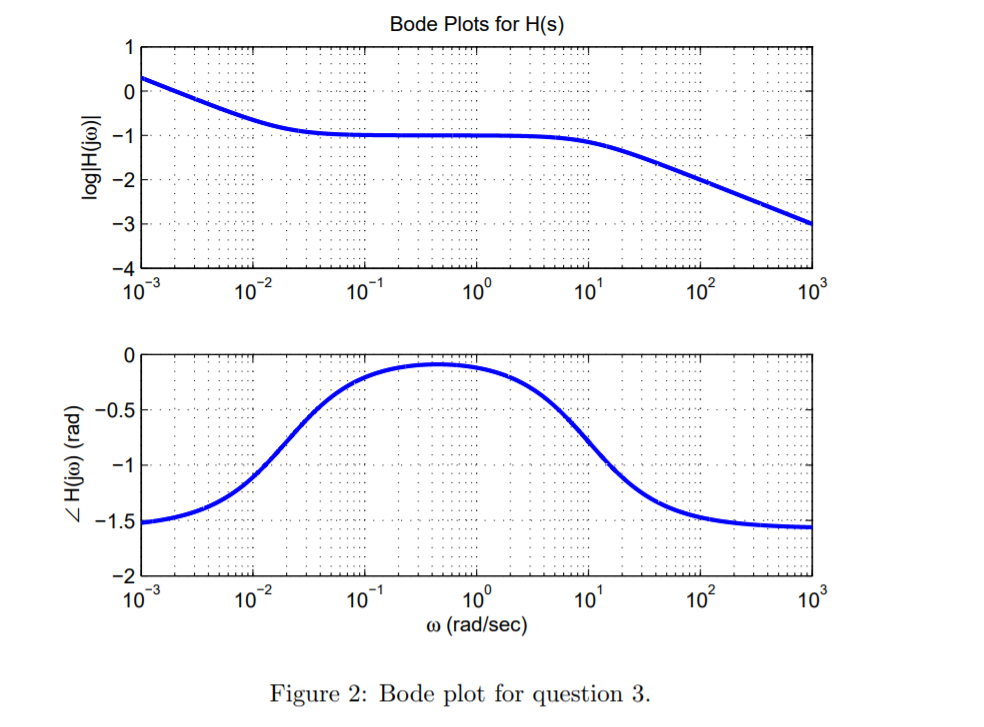
In this set of notes we will call \(\omega\) our input frequency.īode plots typically consist of two graphs. This system could be any system (not just a circuit!) which experiences change in behavior due to a change in frequency (cycles/second).įrequency Response basically means how our system will change with respect to a given input frequency. Let’s get started by first answering a few questions.Ī: Bode plots are a actually a set of graphs which show the frequency response of a system. But we will cover the basics of how to bode plots for both magnitude and phase angle, explaining each step along the way. The aim of this page is to explain Bode plots as simply as possible. To change the units on phase the function call would be: BodePaper(0.A Beginner's Guide to Bode Plots Zac Blanco Blog Education Projects About A Beginner's Guide to Bode Plots To make paper that goes from 0.1 Hz to 100 Hz, with the magnitude scale goingįrom -60 to 40 dB and the phase from -180 to 90 degrees, the function call would Om_hi the high end of the frequency scale. Om_lo the low end of the frequency scale. Units on the phase plot can be radians or degrees, at the discretion of theīodePaper(om_lo, om_hi, dB_lo, dB_hi, ph_lo, ph_hi, UseRad) Two semilog graphs for making Bode plots. > help BodePaperīodePaper is Matlab code to generate graph paper for Bode plots. The syntax for calling is given by the function's help file. There is also a fine in the repository called BodeMagPaper.m that creates only a magnitude plot. It and save it so that MatLab can find it (from the Matlab menu you can go toįile→Set Path and include the directory where you stored the BodePaper.m file.). The program described here, BodePaper.m, can be used to make paper. The magnitude plot and one for the phase.

When making Bode plots one needs two pieces of semi-logarithmic paper, one for

The code for BodePaper.m is available at


 0 kommentar(er)
0 kommentar(er)
